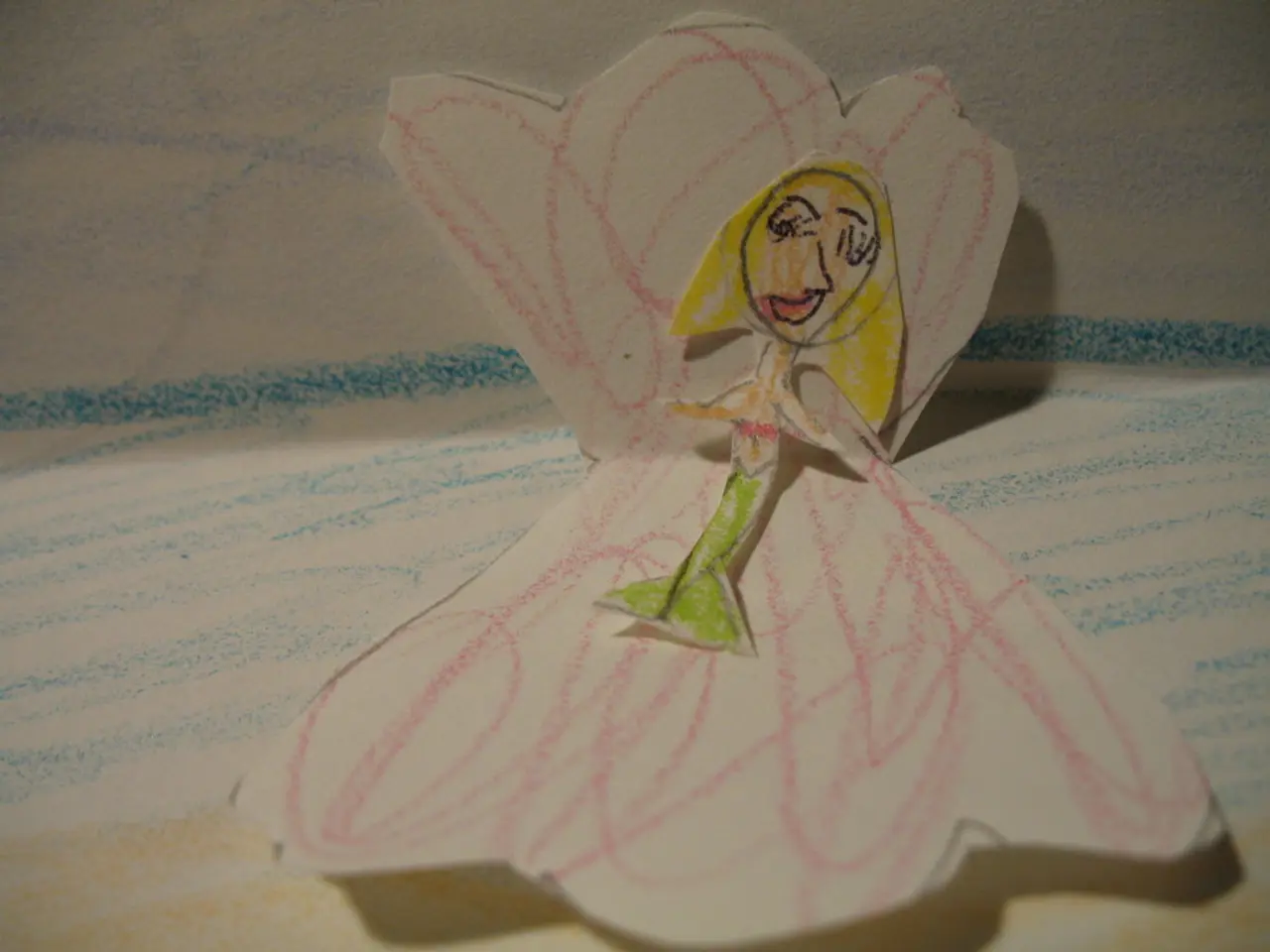Creating Striking Indie Game Graphics: Exploring Various Art Styles for Memorable Visual Experiences
Indie games have been making waves in the gaming industry with their innovative use of various art styles, contributing to their unique appeal and charm. These creative visual approaches enhance the immersion and believability of the game worlds, making them more engaging and memorable for players.
One popular art style is pixel art, which can be found in games like Stardew Valley, Enter the Gungeon, and Shovel Knight. These games use pixel graphics to create charming and nostalgic experiences, reminiscent of classic games while incorporating modern gameplay mechanics. Stardew Valley offers a farming simulation experience, Enter the Gungeon combines roguelike elements with fast-paced shooting, and Shovel Knight pays homage to classic NES titles with its side-scrolling action.
Hand-drawn art is another notable art style in indie games. Games such as Gris and Ori and the Blind Forest feature stunning, emotive narratives with visually captivating and soothing environments and characters. Although not entirely hand-drawn, Ori and the Blind Forest uses a mix of digital painting techniques, while Gris is a beautiful example of hand-painted art.
Cel-shaded art, as seen in Telltale's The Walking Dead, creates a comic book-like atmosphere that pairs well with dark narratives. Vector art, found in games like Celeste and Lethal Company, offers clean lines and bold colors, providing a modern and scalable visual solution.
Mixed media art, such as in Gorogoa, combines various artistic techniques and materials, offering a rich and multifaceted visual experience. Games like Kentucky Route Zero and The Gardens Between use a blend of various visual styles to enhance their surreal, dream-like storytelling and create visually stunning puzzle-adventure experiences.
Don't Starve, a survival game, uses a distinctive art style that combines hand-drawn characters with a dark, whimsical world, adding to its overall gameplay. Pixel art remains a timeless choice for indie games, offering a blend of simplicity and expressiveness, as seen in games like Celeste.
In conclusion, the appropriate art style for an indie game is crucial, as it affects the aesthetics, player perception, and overall game experience. Feedback during playtesting can guide in refining the art to effectively support the game's features and appeal to its intended audience. Indie games continue to push the boundaries of artistic expression, providing players with engaging and memorable experiences.
Artificial intelligence, in the realm of indie game development, could potentially streamline playtesting processes, offering more efficient ways to gather player feedback and refine the art style to better align with the game's features and cater to its target audience.
Moreover, the integration of artificial intelligence within game art could lead to innovative and dynamic visual experiences, such as adaptive environments or evolving characters that react to player actions, further enhancing the game's immersion and engagement.




